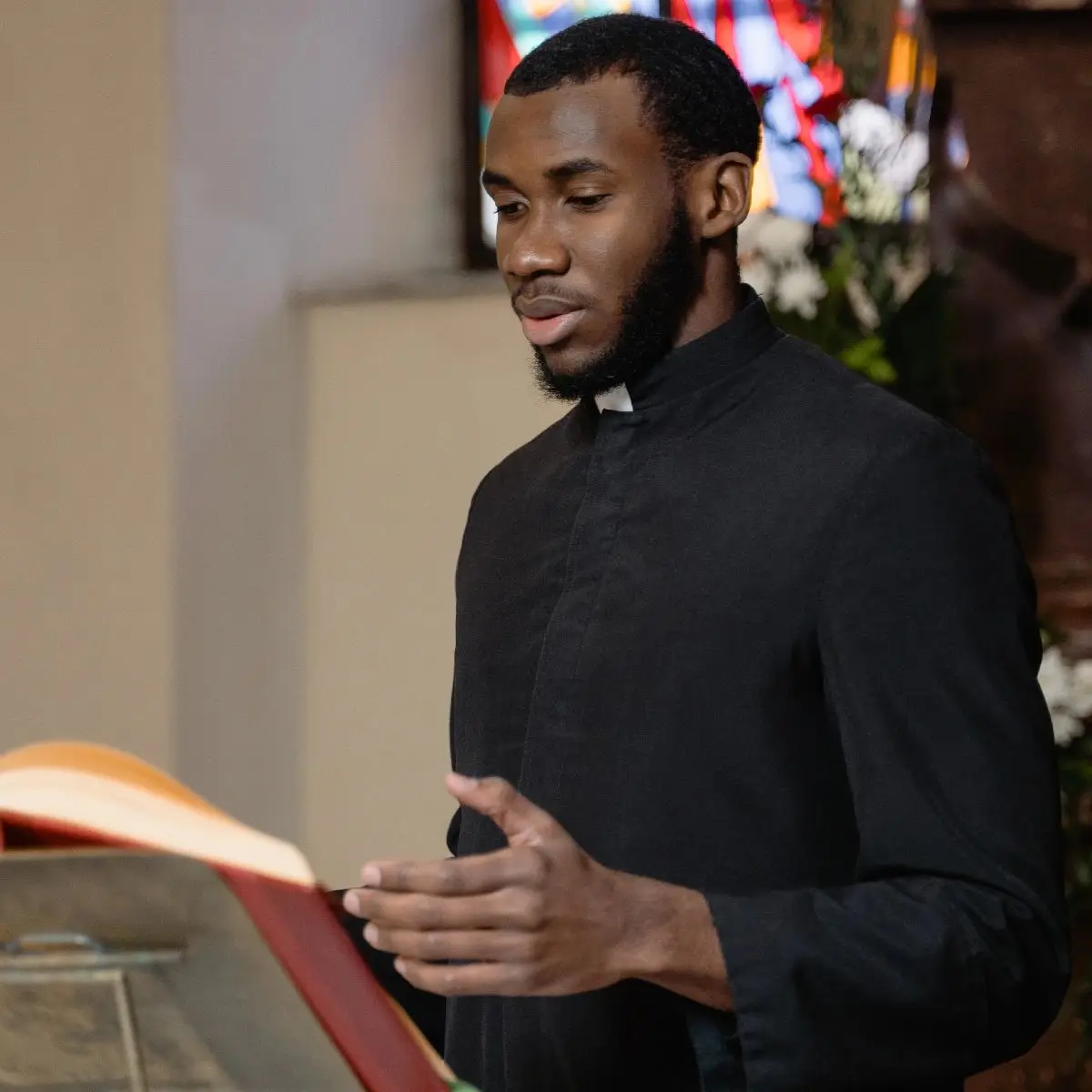
Attacks targeting Houses of Worship are on the rise. A recent article outlines the uptick in incidents (and since) 2020. Attacks against Catholic churches approach 300 incidents since May 2020: report | Fox News (ampproject.org)
This threat is continually balanced with the priority of providing the welcoming and open environment that Houses of Worship work hard to create and maintain. This can be a struggle to navigate as leader of the organization.
The Cybersecurity and Infrastructure Security Agency (CISA) partnered with the Faith Based Community to help mitigate the threat of targeted violence and prepare for potential incidents.
To better understand the nature of the problem, CISA drew on open-source research to compile 37 incidents of targeted violence covering the ten-year period from 2009 to 2019. The analysis drawn from these case studies directly informs the guidance presented here and reveals several noteworthy trends.
Of the 37 incidents, 54 percent (n=20) targeted Christian institutions, 24 percent (n=9) targeted Muslim institutions, 19 percent (n=7) targeted Jewish institutions, and 3 percent (n=1) targeted Sikh institutions, seen in Figure 10. CISA’s analysis found that 65 percent of the attacks (n=25) occurred inside the main building of a HoW; the remaining incidents (n=12) took place at associated facilities such as faith-based community centers, residences, parking lots, or involved HoW computer systems. Mitigating Attacks on Houses of Worship – Security Guide (cisa.gov)
In working with many churches on security strategies, we find that establishing a proactive plan to address threats is the first step. An open discussion with House of Worship leaders, constituents and security teams need to establish clear thresholds and guidelines in dealing with potential threats. In almost all cases, the teams agree that security, both physical and teams, need to be transparent in nature to maintain the welcoming and open environment.
Recent Posts
Scottsdale, Arizona 85258, United States
Copyright 2024 Professional Defense Advisors | Terms + Conditions | Website by Flygon LC